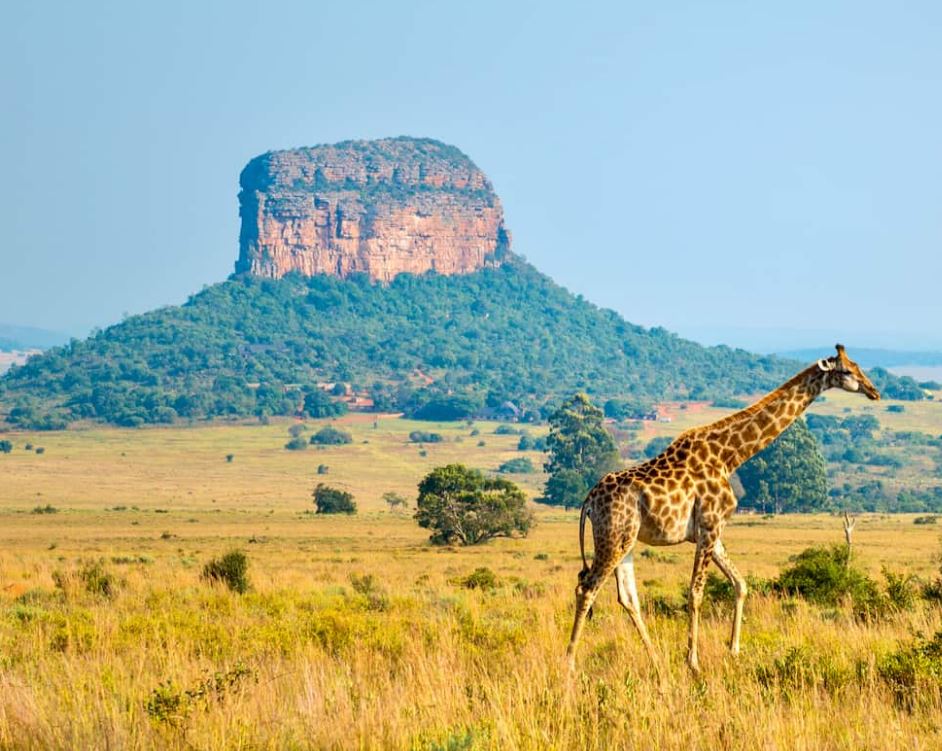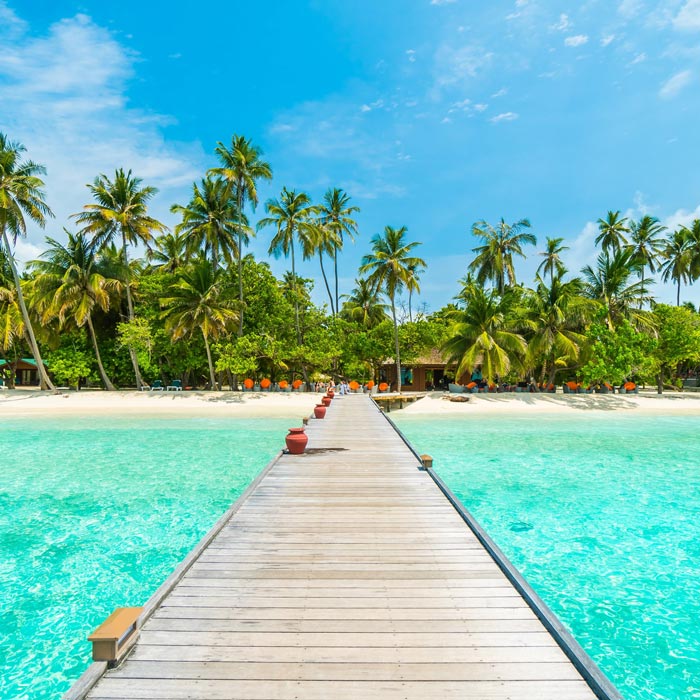South Africa Through the Seasons – What Time of Year Might You Want to Visit?
South Africa is a land of breathtaking landscapes, diverse wildlife, vibrant cities, and rich cultural heritage. Whether you’re dreaming of a safari in Kruger National Park, wine tasting in the Cape Winelands, or exploring the stunning coastline along the Garden Route, the best time to visit depends on what you want to experience.
Unlike many destinations with just four seasons, South Africa’s climate varies greatly by region, meaning there’s always a perfect time to visit somewhere in the country. In this guide, we’ll take you through South Africa’s seasons, highlighting the best times for wildlife viewing, beach holidays, festivals, and more.
[ruby_related heading=”More Read” total=3 layout=1 offset=5]
Understanding South Africa’s Seasons
South Africa is in the Southern Hemisphere, meaning its seasons are opposite those in Europe and North America:
- Summer: December – February
- Autumn (Fall): March – May
- Winter: June – August
- Spring: September – November
However, weather patterns differ significantly between regions:
- Western Cape (Cape Town, Winelands, Garden Route): Mediterranean climate with wet winters and dry summers.
- Eastern & Northern Regions (Kruger, Durban, Johannesburg): Summer rainfall and dry winters.
- Coastal Areas (Durban, Eastern Cape): Subtropical, warm year-round with high humidity in summer.
Now, let’s break down the best times to visit based on your travel interests.
1. Summer (December – February): Beach Escapes & Festive Vibes
Best For:
✔ Beach holidays
✔ Outdoor festivals
✔ Whale watching (late summer)
✔ Lush landscapes
Weather & What to Expect:
Summer brings hot, sunny days, especially in inland regions like Johannesburg and Kruger, where temperatures can soar above 30°C (86°F). Cape Town enjoys warm, dry weather (25-28°C / 77-82°F), but the infamous “Cape Doctor” wind can pick up.
Coastal cities like Durban and Port Elizabeth are humid but ideal for beach lovers, with water temperatures around 24°C (75°F).
Highlights:
- Festive Season: December is peak holiday time, with locals flocking to coastal towns. Expect lively beaches, music festivals, and New Year’s fireworks in Cape Town.
- Whale Watching: From July to November, Hermanus is the best place for land-based whale watching, but sightings continue into early summer.
- Garden Route Road Trips: The forests and coastal drives are at their greenest.
Downsides:
- Crowds & High Prices: December is peak tourist season, so book early.
- Rain in the North: Afternoon thunderstorms are common in Kruger and Johannesburg.
2. Autumn (March – May): Mild Weather & Wildlife Viewing
Best For:
✔ Safari adventures
✔ Wine tasting
✔ Hiking & outdoor activities
✔ Fewer crowds
Weather & What to Expect:
Autumn brings cooler, more comfortable temperatures (15-25°C / 59-77°F). The Western Cape remains dry, while the rest of the country transitions into drier weather—perfect for safaris as animals gather around waterholes.
Highlights:
- Ideal Safari Conditions: Kruger and other game reserves are excellent as vegetation thins, making wildlife easier to spot.
- Cape Winelands Harvest Season: March is grape harvest time—perfect for wine tours in Stellenbosch and Franschhoek.
- Hiking & Outdoor Adventures: Table Mountain and the Drakensberg are pleasant without summer’s extreme heat.
Downsides:
- Cooler Evenings: Nights get chilly, especially in desert regions like the Kalahari.
- End of Whale Season: By May, whale sightings decline.
3. Winter (June – August): Safari Prime Time & Cape Town Getaways
Best For:
✔ Best wildlife viewing
✔ Whale season begins (July)
✔ Skiing (yes, really!)
✔ Lower prices & fewer tourists
Weather & What to Expect:
Winter varies by region:
- Cape Town: Cool (7-18°C / 45-64°F) with rain—great for cozy café hopping.
- Kruger & Northern Regions: Dry and mild (5-25°C / 41-77°F)—ideal for safaris.
- Durban & East Coast: Warm (17-23°C / 63-73°F), perfect for beach escapes.
Highlights:
- Peak Safari Season: Dry conditions mean animals congregate near water sources. The lack of foliage also improves visibility.
- Whale Watching Begins: Southern right whales arrive in Hermanus (July-November).
- Snow in the Drakensberg: Rare but possible—some resorts even offer skiing.
- Cheaper Travel: Winter is low season in Cape Town, meaning great hotel deals.
Downsides:
- Cold Nights: Bring warm layers, especially for early morning game drives.
- Rain in the Cape: Not ideal for beach days, but great for wine tasting by a fireplace.
4. Spring (September – November): Wildflowers & Outdoor Adventures
Best For:
✔ Namaqualand wildflowers
✔ Whale watching
✔ Hiking & outdoor activities
✔ Mild weather before summer crowds
Weather & What to Expect:
Spring brings warming temperatures (12-28°C / 54-82°F) and blooming landscapes. The Western Cape shakes off winter rain, while the north remains dry before summer thunderstorms.
Highlights:
- Namaqualand Wildflowers (August-September): A breathtaking natural spectacle where the desert bursts into color.
- Whale Season Peaks: Hermanus is one of the best places in the world for land-based whale watching.
- Perfect Hiking Weather: Table Mountain, the Garden Route, and the Drakensberg are ideal before summer heat.
Downsides:
- Wind in Cape Town: The “Cape Doctor” can be strong in spring.
- Unpredictable Rain: Some regions may still see occasional showers.
Final Verdict: When Should You Visit South Africa?
- For Safaris: May – September (Dry season, best wildlife visibility).
- For Beaches & Festivals: December – February (Summer vibes, but crowded).
- For Whale Watching: July – November (Peak in September).
- For Wine & Mild Weather: March – May or September – November.
- For Wildflowers: August – September (Namaqualand blooms).
No matter when you visit, South Africa offers unforgettable experiences. Whether you’re tracking the Big Five, sipping world-class wines, or marveling at coastal cliffs, there’s always a perfect season for your adventure.
What’s Your Ideal South Africa Trip?
Are you a safari enthusiast, a beach lover, or a wine connoisseur? Let us know in the comments which season appeals to you most!






